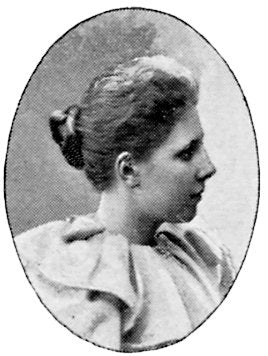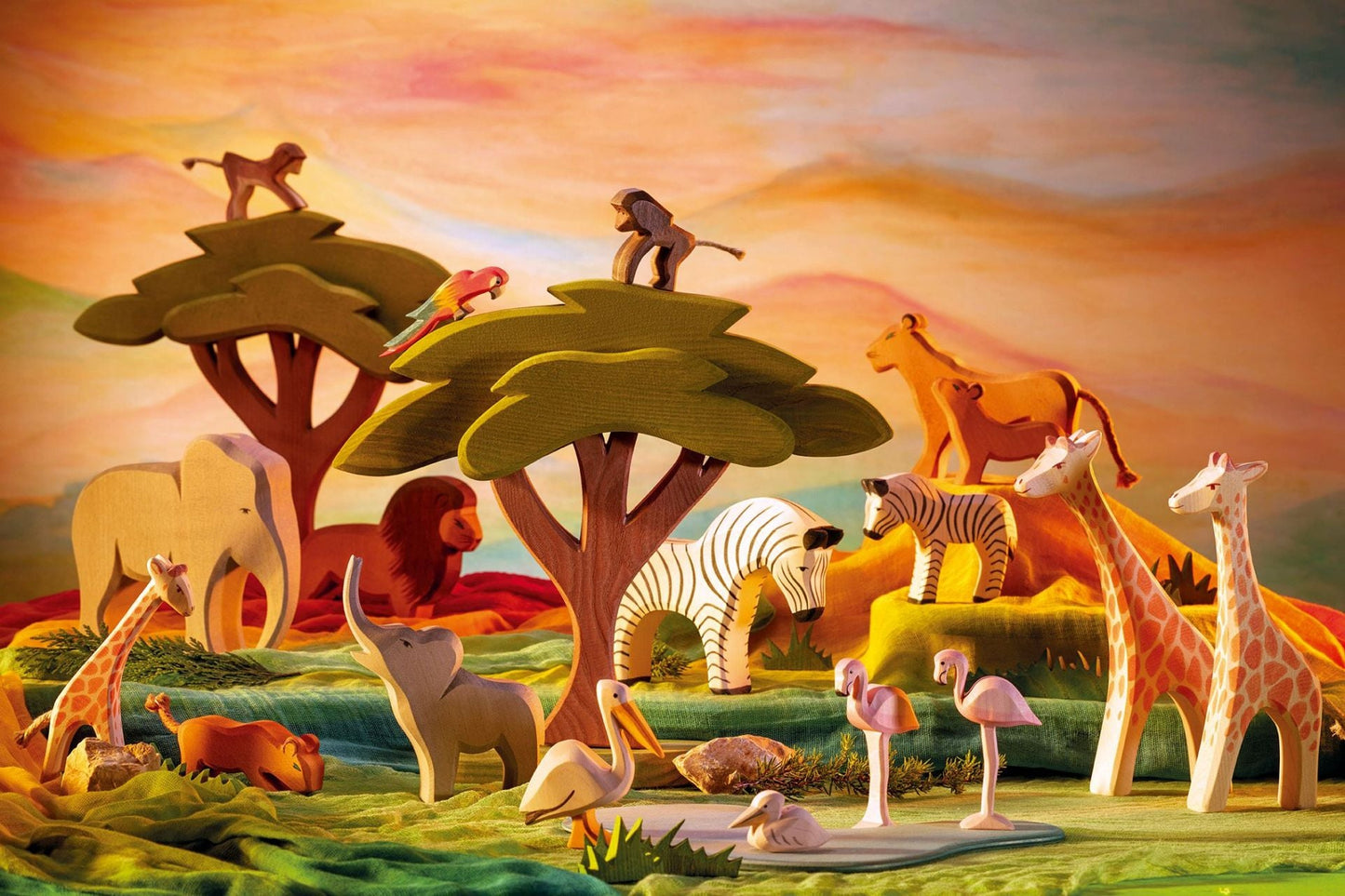
In the realm of children's literature, few names evoke the same sense of wonder and natural beauty as Elsa Beskow. Born in 1874 in Stockholm, Sweden, Beskow would grow to become one of the most beloved authors and illustrators of her time, captivating generations with her whimsical tales and intricate artwork.
From an early age, Elsa was surrounded by creativity. Her father, Bernt Maartman, was a businessman with a passion for writing, while her mother, Augusta Fahlstedt, came from a family of artists. This rich tapestry of influences would shape young Elsa's future, nurturing her innate talent and love for storytelling.
Elsa's formal artistic journey began at the Technical School in Stockholm, where she honed her skills and developed her unique style. Her early work as an art teacher further refined her ability to connect with children through visual storytelling.
In 1897, Beskow published her first book, "Tale of the Little, Little Old Woman," marking the beginning of a prolific career. However, it was her 1901 release, "Peter in Blueberry Land," that truly catapulted her to fame. This charming tale of a young boy's adventure in a magical forest resonated deeply with readers, establishing Beskow's signature style of blending reality with fantasy.
Throughout her career, Beskow created a treasure trove of beloved works. "The Sun Egg" (1932) tells the story of a fairy who mistakes an orange for an egg from the sun. "Children of the Forest" (1910) introduces readers to a family of tiny people living in harmony with nature. "Ollie's Ski Trip" (1907) takes children on a winter adventure filled with magic and wonder. Each of these stories, along with classics like "The Flowers' Festival" (1914) and "Pelle's New Suit" (1912), showcase Beskow's ability to weave enchanting narratives with valuable life lessons.
Beskow's works are characterized by their focus on nature and Swedish folklore. Her detailed illustrations bring to life a world where flowers talk, mushrooms become umbrellas, and children embark on fantastic journeys through the countryside. As Beskow herself once said, "Nature is the greatest teacher of beauty, truth, and goodness."

Her unique ability to capture the essence of childhood wonder and the beauty of the natural world has left an indelible mark on children's literature. Swedish author Astrid Lindgren, creator of Pippi Longstocking, once remarked, "Elsa Beskow's books were my childhood. They opened up a world of beauty and imagination that has stayed with me all my life."
Beskow's legacy extends far beyond her native Sweden. Her books have been translated into numerous languages and continue to enchant readers worldwide. Contemporary children's book author and illustrator Lena Anderson notes, "Elsa Beskow's work is timeless. Her respect for nature and her ability to see magic in the everyday world continues to inspire artists and writers today."

For those of us passionate about natural toys and play, Beskow's work holds special significance. Her illustrations often feature children engaged in imaginative play with simple, natural objects – pinecones become little people, leaves transform into boats, and twigs become magic wands. This aligns perfectly with the philosophy that the simplest toys often spark the most creativity.
As Beskow once wrote, "A child's imagination is the most precious gift we can nurture." This sentiment resonates deeply with our approach to toys and play. Many of our natural toy designs draw inspiration from Beskow's characters and the magical world she created.
In conclusion, Elsa Beskow's enchanting tales and beautiful illustrations continue to captivate readers more than a century after they were first published. Her work reminds us of the wonder and magic that exists in the natural world around us. As we strive to create toys that inspire imagination and connection with nature, we find constant inspiration in Beskow's timeless creations.
Beskow once said, "To be able to transform the everyday into something magical – that is the greatest joy of being an artist." Through her books, she achieved this transformation, leaving behind a legacy that continues to bring joy and wonder to children and adults alike.
Frequently Asked Questions
Who was Elsa Beskow?
Elsa Beskow (1874-1953) was a Swedish author and illustrator, renowned for her children's books. She is often referred to as the "Beatrix Potter of Scandinavia" due to her beautifully illustrated stories that often feature nature and folklore themes.
What are some of Elsa Beskow's most famous works?
Some of Beskow's most popular books include "Peter in Blueberry Land" (1901), "Children of the Forest" (1910), "The Sun Egg" (1932), and "Aunt Green, Aunt Brown and Aunt Lavender" (1918). Her books have been translated into many languages and continue to be beloved by children and adults alike.
Are Elsa Beskow's books still in print?
Yes, many of Beskow's books are still in print and widely available. In recent years, there has been a resurgence of interest in her work, with new editions and translations being published. Her timeless stories and beautiful illustrations continue to captivate new generations of readers.
What themes are common in Elsa Beskow's books?
Beskow's stories often focus on the beauty of nature, Swedish folklore, and the magic of childhood. Her illustrations frequently depict children interacting with nature, anthropomorphized plants and animals, and whimsical fantasy elements.
How did Elsa Beskow's work influence children's literature?
Beskow's detailed and enchanting illustrations, combined with her imaginative storytelling, helped set a new standard for children's books in the early 20th century. Her work influenced many subsequent Scandinavian children's authors and illustrators, and her books have become classics of children's literature.




